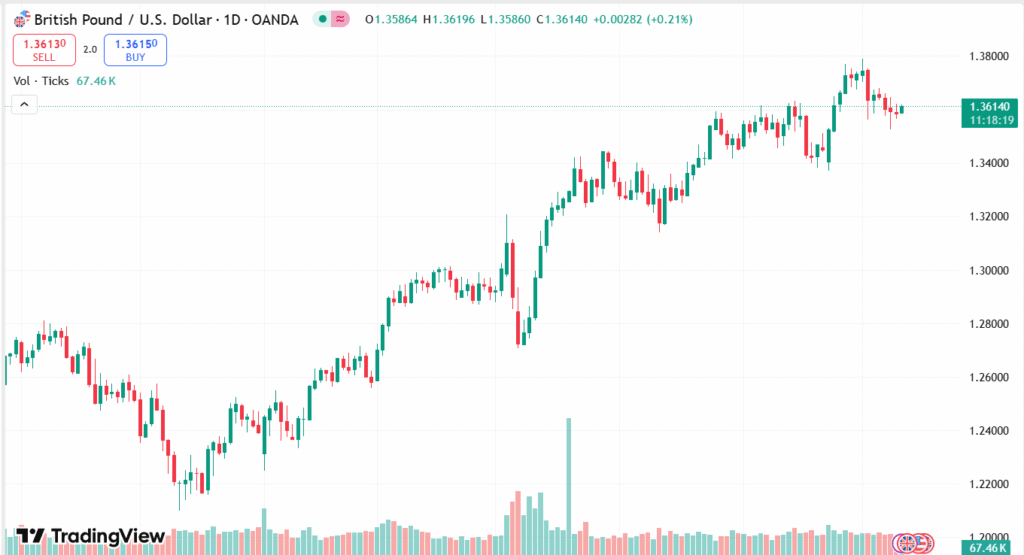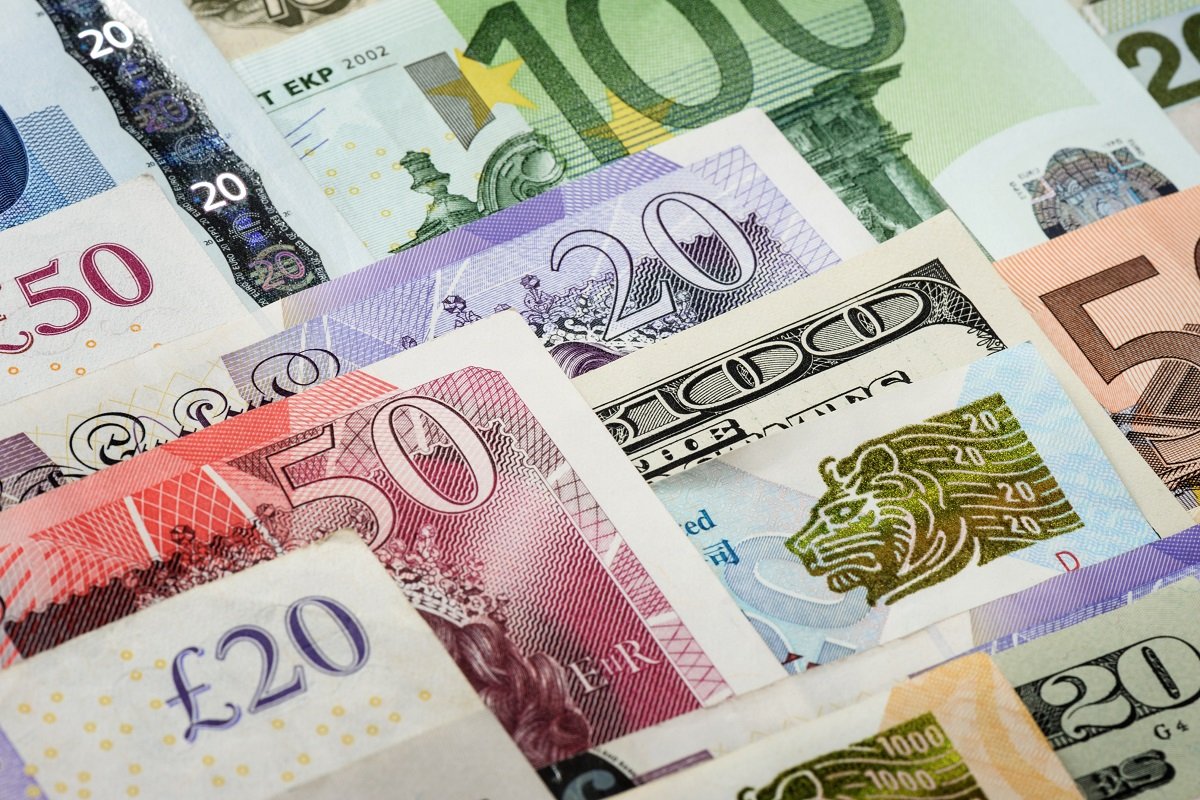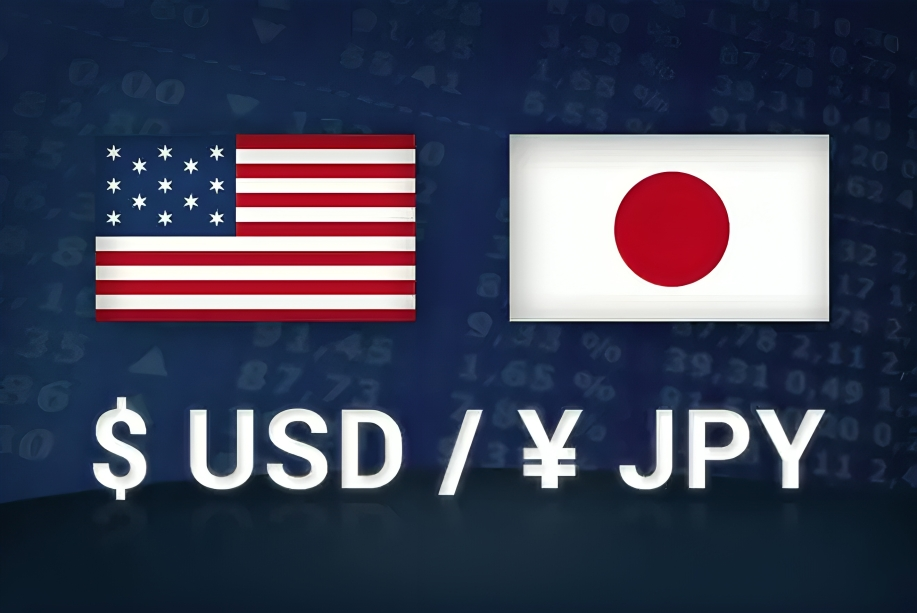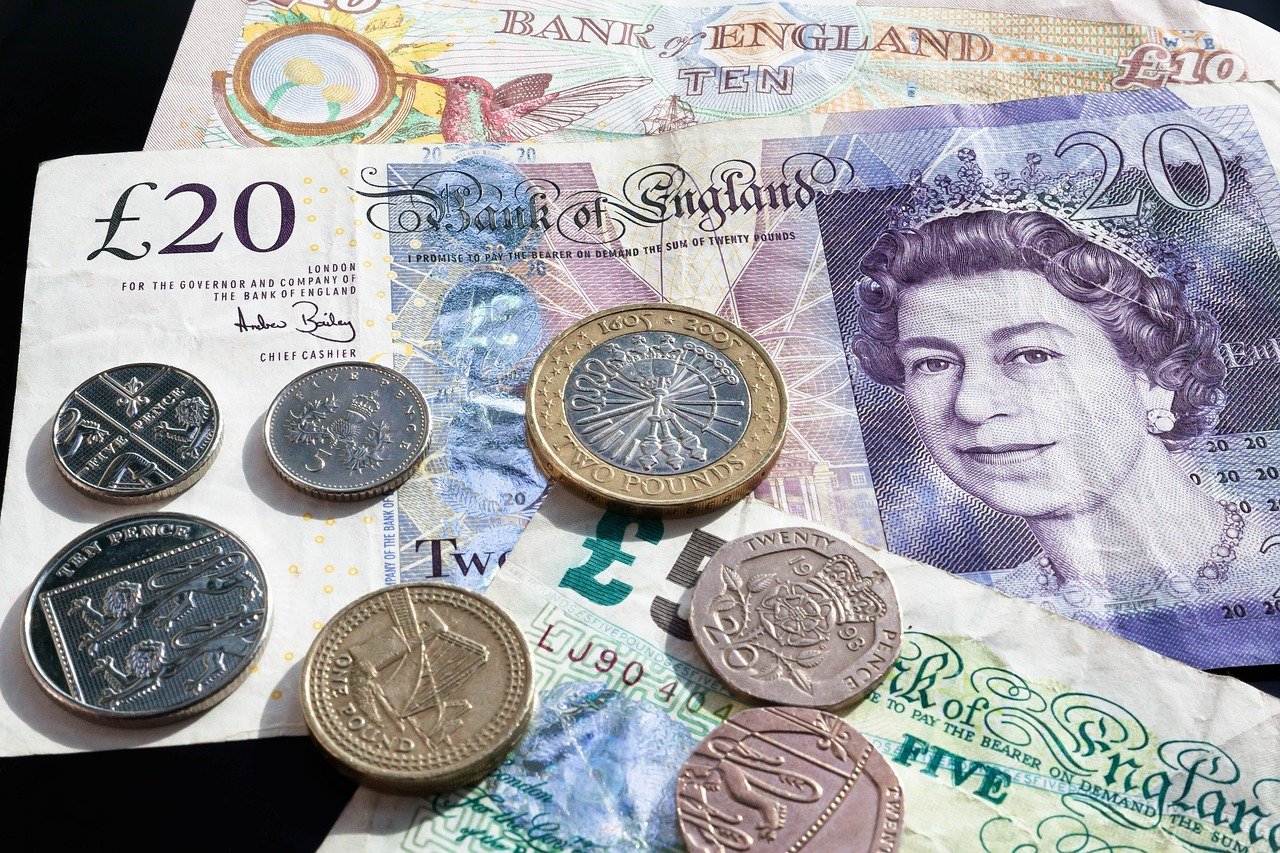Pound Sterling (GBP) rose against the US Dollar (USD) on Thursday, trading around 1.3600, as investor mood remained nervous with increasing uncertainty over US trade talks and fresh retaliatory tariffs that are scheduled to go into effect on August 1. Notwithstanding warnings issued by the Bank of England (BoE) regarding large economic dangers—such as geopolitical tensions, an increase in national debt, and poor business sentiment—the British currency got some respite. The US Dollar, meanwhile, lost a bit of ground as markets absorbed the Federal Reserve’s dovish tone in its June meeting minutes, which signaled possible rate cuts if tariff-induced inflation stays in check.
KEY LOOKOUTS
• Markets are keeping a close eye on whether the US clinches trade agreements with important partners such as China, the Eurozone, Canada, and Mexico prior to the onset of new reciprocal tariffs.
• The UK’s monthly factory output and GDP for May are awaited by investors, with GDP predicted to bounce back by 0.1% following April’s 0.3% decline.
• Warnings by the Bank of England regarding escalating geopolitical tensions, a fractured global marketplace, and rising sovereign debt will also impact investor sentiment towards the Pound.
• FOMC minutes indicate potential interest rate reductions this year, depending on the trajectory of tariff-induced inflation, which can continue to put pressure on the US Dollar.

The Pound Sterling rose against the US Dollar on Thursday to trade around the 1.3600 level as market players reacted to a combination of economic and geopolitical events. Investor attention was on rising trade tensions, with the US scheduled to levy new retaliatory tariffs on 21 countries from August 1, adding volatility to worldwide markets and exerting pressure on the US Dollar. In spite of the Bank of England’s warning report flagging high economic risks like geopolitics instability, increased national debt, and muted business investment sentiment, the Pound firmed up. Dealers are also looking forward to future UK GDP and factory production figures, as the dovish policy bias from the Federal Reserve added weight to further weaken the Greenback.
The Pound Sterling hovers at 1.3600 against the US Dollar in increasing uncertainty about US trade policy and impending reciprocal tariffs. Even as the Bank of England cautions rising economic threats, the GBP remains firm while investors hold out for pivotal UK economic reports and news of international trade talks.
• GBP/USD hovers near 1.3600 as the Pound slightly improves during Thursday’s European session.
• US dollar falls on uncertainty surrounding future reciprocal tariffs that will kick in on August 1.
• Bank of England issues a warning over economic threats, such as geopolitical tensions, increasing sovereign debt, and poor business morale.
• British factory and GDP data for May are expected; GDP is expected to increase by 0.1% following a reduction in April.
• US President Trump announces 50% tariffs on copper imports and new trade measures with 21 countries.
• FOMC minutes reveal ambivalent sentiment with two members of the Fed supporting interest rate cuts in July.
• Technical indicators hint at a neutral trend with RSI around 50 and price around the 20-day EMA.
The Pound Sterling was stable against the US Dollar on Thursday as market focus continued to be on international trade updates and UK economic risks. The British currency remained resilient in spite of a conservative mid-year Financial Policy Committee (FPC) report from the Bank of England, cautioning of increasing risks to the UK economy. The report also noted risks like geopolitical tension, disintegration of global trade, stress on sovereign debt, and low investment sentiment. These risks, says the FPC, threaten financial stability and may have implications for future economic growth.
GBP/USD DAILY PRICE CHART

SOURCE: TradingView
Meanwhile, in the United States, the trade landscape continued to evolve as President Trump announced new reciprocal tariffs affecting 21 nations, including major partners like Japan and South Korea. These tariffs are set to take effect on August 1 and are part of a broader push for more favorable trade terms. Though trade deals with the UK and Vietnam have been agreed, those with other important partners like China, Canada, Mexico, and the Eurozone are uncertain. The threat of escalating trade tensions is making global markets tread carefully, as investors seek clear signals on the direction of international trade relationships.
TECHNICAL ANALYSIS
GBP/USD pair is moving near the 20-day Exponential Moving Average (EMA) at 1.3590, reflecting a neutral short-term trend. The 14-day Relative Strength Index (RSI) is around the 50.00 mark, indicating a lack of significant momentum in either direction. A fall below the important psychological support level of 1.3500 may indicate fresh selling pressure, and a strong break above 1.3700 may set the stage for further advances towards the multi-year high around 1.3800. Overall, the duo seems to be in the process of consolidation, waiting for new catalysts for directional action.

FORECAST
If there are positive breakthroughs in US trade talks, especially with major partners such as China, Canada, and the Eurozone, investor appetite for risk would grow, weakening the US Dollar and boosting the Pound Sterling. Also, better-than-forecast UK GDP and factory production statistics would improve faith in the British economy, hopefully driving GBP/USD to resistance points at about 1.3700 and, if the rally is sustained, as high as the three-and-a-half-year peak around 1.3800.
Conversely, if the US is unable to secure trade agreements prior to the August 1 tariff deadline, global trade tensions may escalate sharply, supporting the safe-haven US Dollar. In addition, if future UK economic data is disappointing or concern regarding increasing national debt and geopolitical risks accelerates, the GBP might be pressured. A fall below the 1.3500 psychological support point may lead to further losses towards the next significant point at 1.3400.







